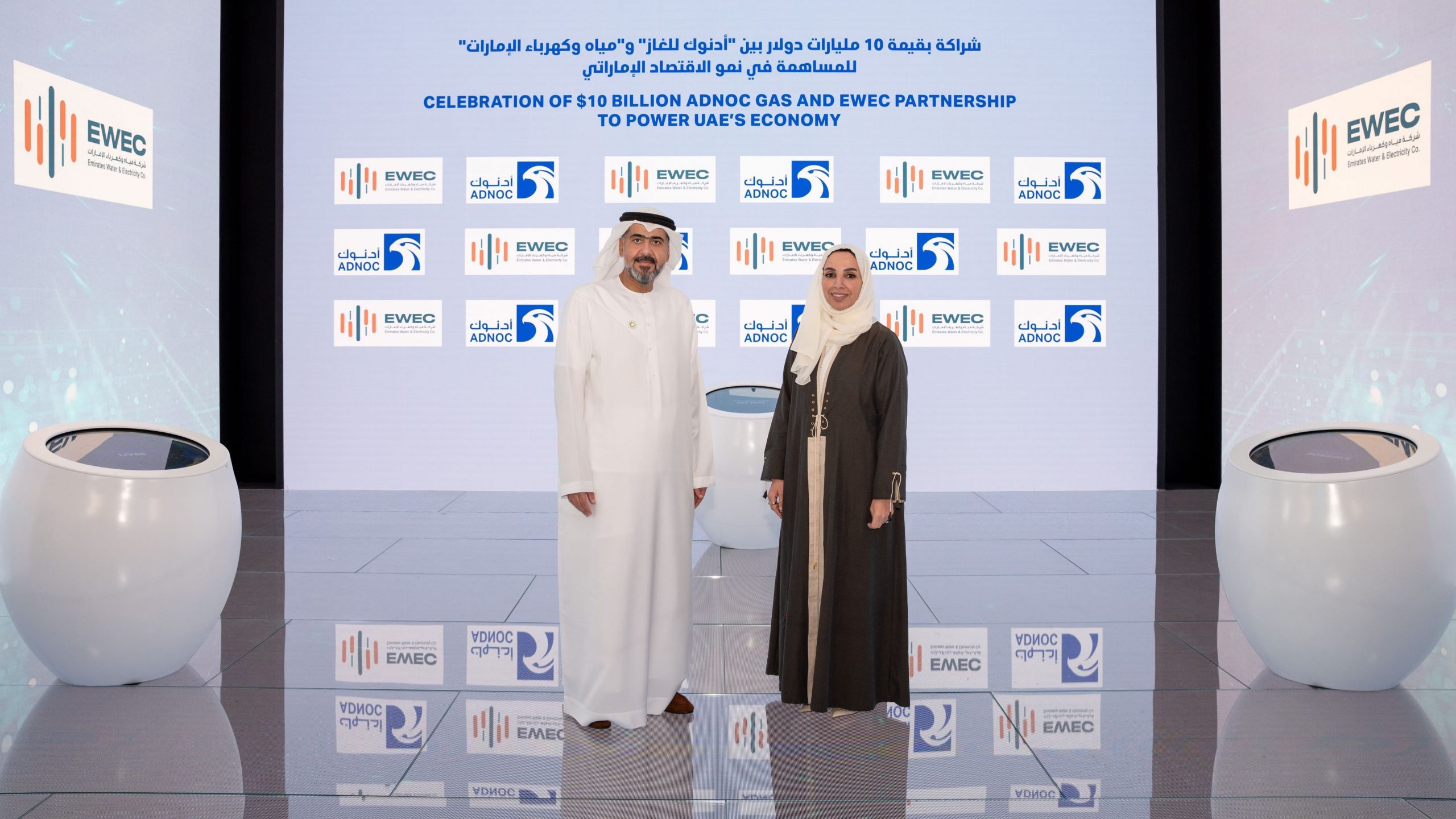
Copper-Gold Dispute Ends as Taseko and Tŝilhqot’in Nation Sign Historic Agreement
Taseko Mines, the Tŝilhqot’in Nation, and British Columbia have resolved a years-long dispute over the New Prosperity copper-gold site. The agreement ends decades of conflict involving one of Canada’s largest untapped copper-gold deposits, located in Tŝilhqot’in territory, 125 km southwest of Williams Lake.
The resolution includes a C$75 million payment from the province to Taseko and a trust holding 22.5% of the mineral tenures for the Tŝilhqot’in Nation. The Nation may gain full control of that interest if it consents to future development. Taseko retains a 77.5% stake but agrees not to lead mining operations without the Nation’s approval.
This agreement prioritizes Indigenous consent and outlines a pathway for collaborative land use. It also ends litigation that has stalled New Prosperity’s development since its original proposal in 2008.
Indigenous Consent Central to Future of New Prosperity Copper-Gold Site
Consent from the Tŝilhqot’in Nation is now mandatory for any exploration or mining at New Prosperity. Both the Nation and the Province will oversee any proposed activities through a joint environmental assessment and land-use planning process. This planning includes funding for cultural revitalization, reflecting the site’s significance beyond its resource potential.
The copper-gold deposit at New Prosperity is considered one of Canada’s largest, offering strategic value in a world increasingly focused on energy transition and critical mineral security. However, environmental and cultural considerations have delayed its exploitation for over a decade.
Taseko’s revised role marks a shift in how resource development intersects with Indigenous rights in Canada. Future development will rely on mutual cooperation and new models of equity participation between companies and First Nations.
SuperMetalPrice Commentary:
The New Prosperity agreement sets a meaningful precedent for the global mining sector. As demand rises for copper and gold—especially for energy infrastructure and financial resilience—projects like this must align with Indigenous sovereignty and environmental protection. Taseko’s concession and BC’s recognition of Tŝilhqot’in authority reflect a new balance of power. For the metals market, this signals longer timelines but potentially more stable outcomes for large-scale developments involving First Nations. Collaborative frameworks will likely become essential across Canada and other mineral-rich jurisdictions.











Leave a Reply
You must be logged in to post a comment.